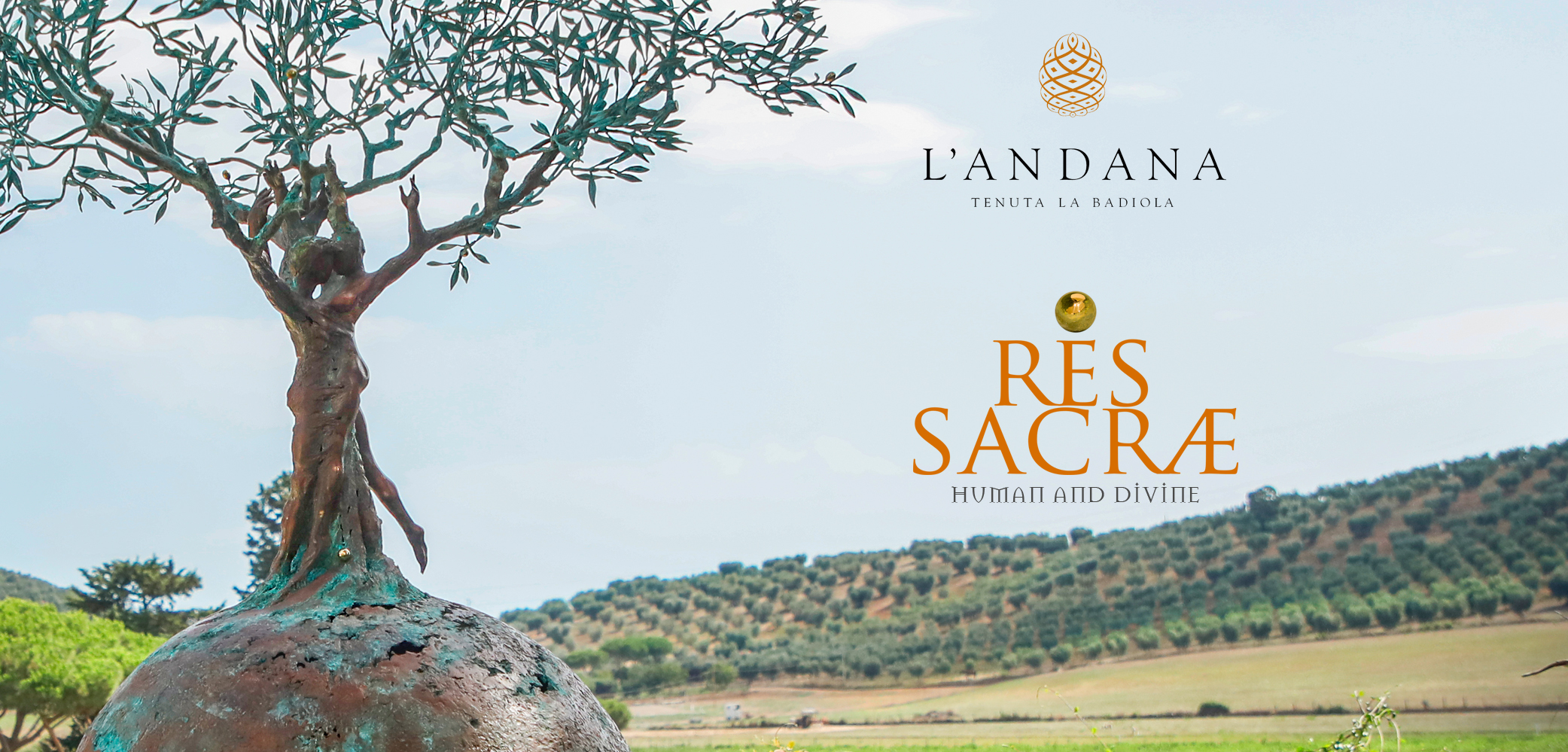
RES SACRAE
HUMAN AND DIVINE
L'ANDANA
from the 2th of August
We do not inherit the Earth from our ancestors,
we borrow it from our children.
Native American Proverb

RES SACRAE: Latin noun, plural (sacred things)
According to canon law, any movable or unmovable thing intended for worship through consecration or blessing,
or otherwise intended for the burial of the believers;
the Res Sacrae must be handled with reverence and can not be designated for profane purposes,
even though these are located in private properties.

Os homini sublime dedit, coelumque tueri iussit et erectos ad sidera tollere vultus.
He (the Creator) gave to Man an uplifted face and bade him stand erect and turn his eyes to heaven.
Publius Ovidius Naso, The Methamorphoses, vol.I, 85-86

From the2nd of August the bronze sculptures of Italian artist Andrea Roggi will be exhibited in the enchanting architectural setting of the clubresort L’Andana in Castiglion della Pescaia within the solo exhibition entitled
Res Sacrae – Human and Divine.
The subject is particularly loved by Maestro Roggi, with his sensitivity – which is at the same time intimate and dreamlike, intensely spiritual, philosophical and sentimental – he makes tangible the intangible, transforming his creative ideas into works of art through a sophisticated manipulation of his distinctive element, bronze as – in line with the Michelangiolesque maieutic – of marble.
The Tuscan Maestro’s evocative works translate the suffused mysticism of his poetics into archetypal shapes linked to the most sacred themes: Mother Earth, the goddess of nature and spirituality; the Tree of Life, with its phytomorphic trunk and emphasized roots; the circularity of Life and the ciclicity of Time.
The Mother Earth, with its spherical shape, is an iconographic and symbolic motif particularly cherished by the Tuscan sculptor, since it contains in its signifier and its meaning his aesthetics and his artistic-intellectual manifesto.
Terra Mater appears to be equally the title of a monumental bronze artwork in
the shape of a sphere (world) made with a particular technique conceived and patented by Roggi himself which gives an earthly and magmatic perception to the bronze matter, appearing to be permeated by atavistic chthonic and telluric forces.
Other monumental works, attributable to the theme of the Tree of Life − a vital and luxuriant element of the Terra Mater − are dedicated to Salvific Love such as Un Nuovo Mondo, Il Riflesso della tua Anima nei tuoi Occhi, Il Nostro Amore Salverà le Nostre Radici, Immagina un Nuovo Mondo.
In a timeless dialogue with the uncontaminated nature that surrounds the club, characterised by the Mediterranean scrub and by olives trees, are also exposed some sculptures belonging to Roggi’s latest production – Terra Mater and Time is a Circle – which present a progressive stylistic rarefaction up to the formal abstraction, in a continuous flow between figuration and trans−figuration.
The artist who was born and raised in Castiglion Fiorentino, in the province of Arezzo, chooses the sphere, the circle, the world as a symbol of the Mother Earth. Not only can one find a vast array of symbolism in his pieces of work, but the meaning behind them clearly reflects his deep-rooted identity, for instance through the iconic Tuscan plant of an olive tree whose roots and branches are aiming towards the sky.
There we observe his philosophy, characterised by an intimate respect for Nature, memories and traditions so hardwired into our history. At the same time, the hope of the moral and intellectual rebirth of humanity, thanks to the spiritual elevation obtained by aesthetic contemplation and intellectual reflection also plays a significant role.
Once again the Tuscan sculptor reveals himself as an absolute bronze virtuoso, through such an evocative exhibition: his refined structures immediately stupefy any admirer for the wisdom of his technique, which is combined with subjects oscillating between quivering classicism and abstraction, in a continuous tribute to the sacredness of Nature and to spiritual and emotional Love.
Marina Azzurra Lulli
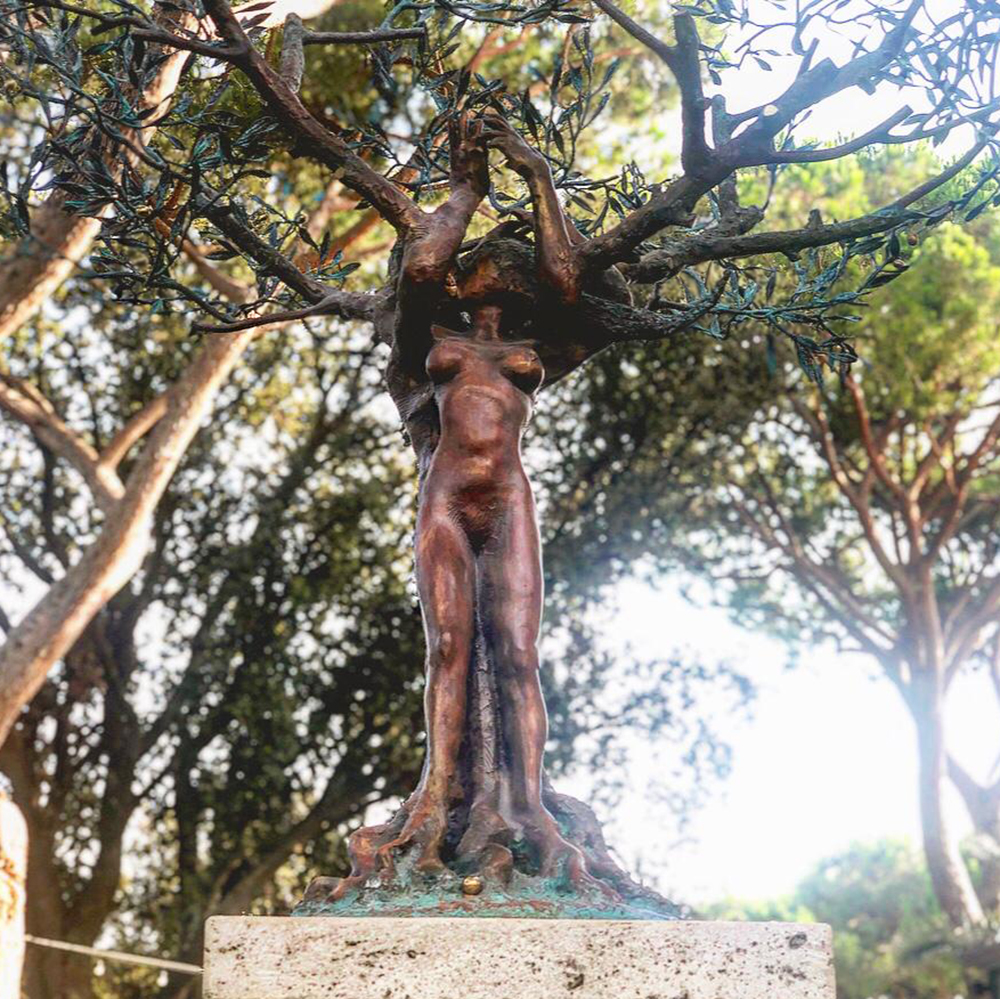
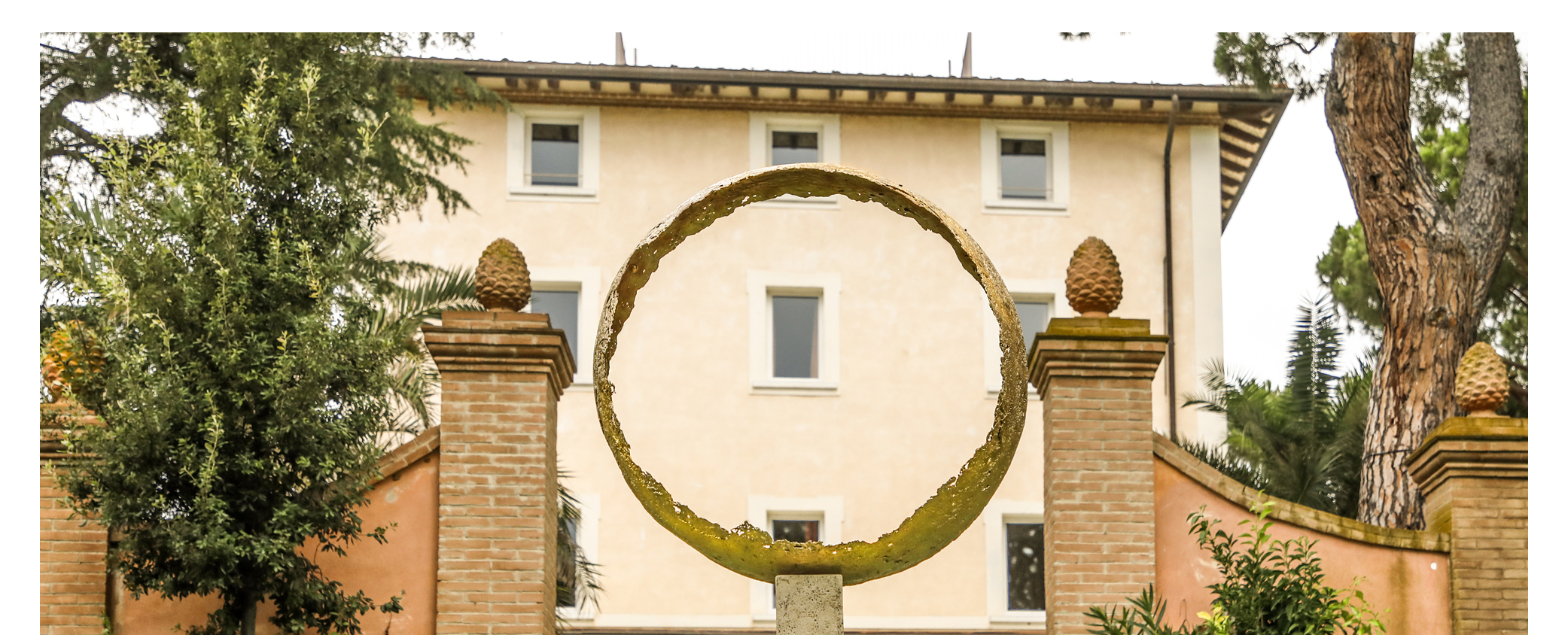
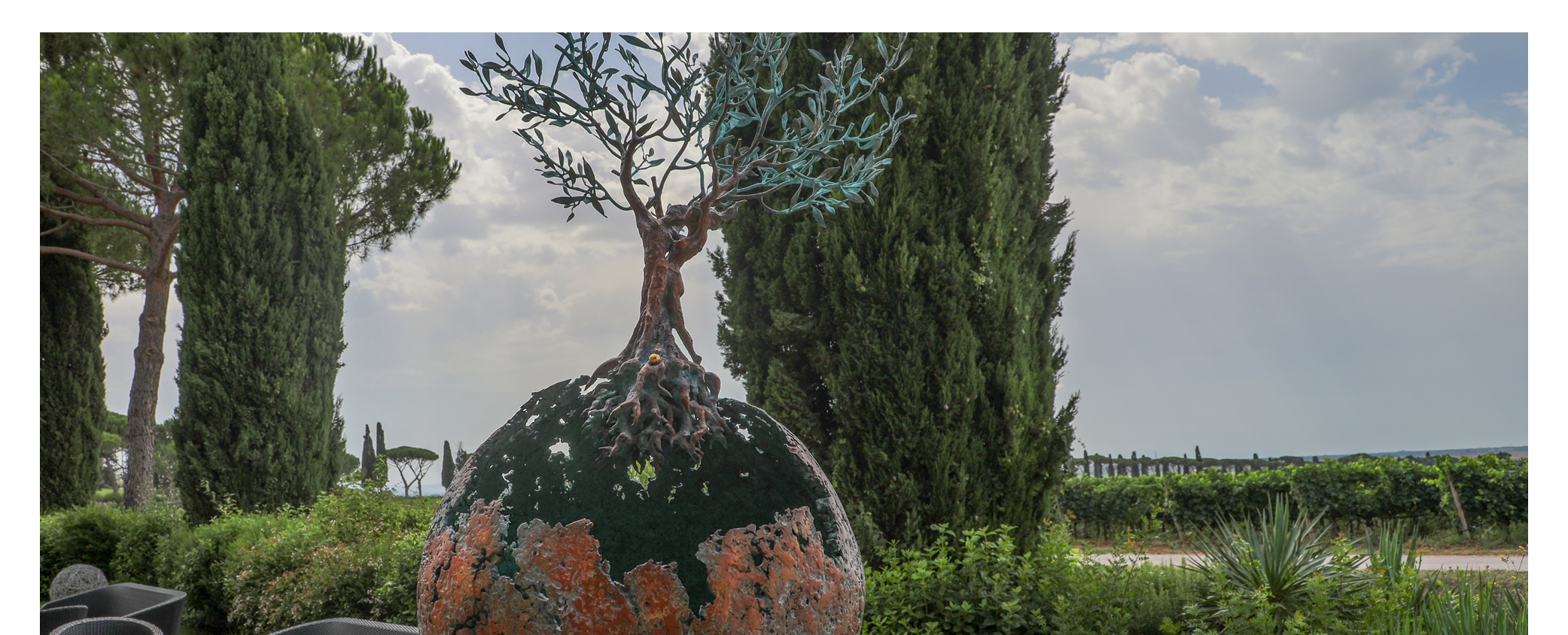
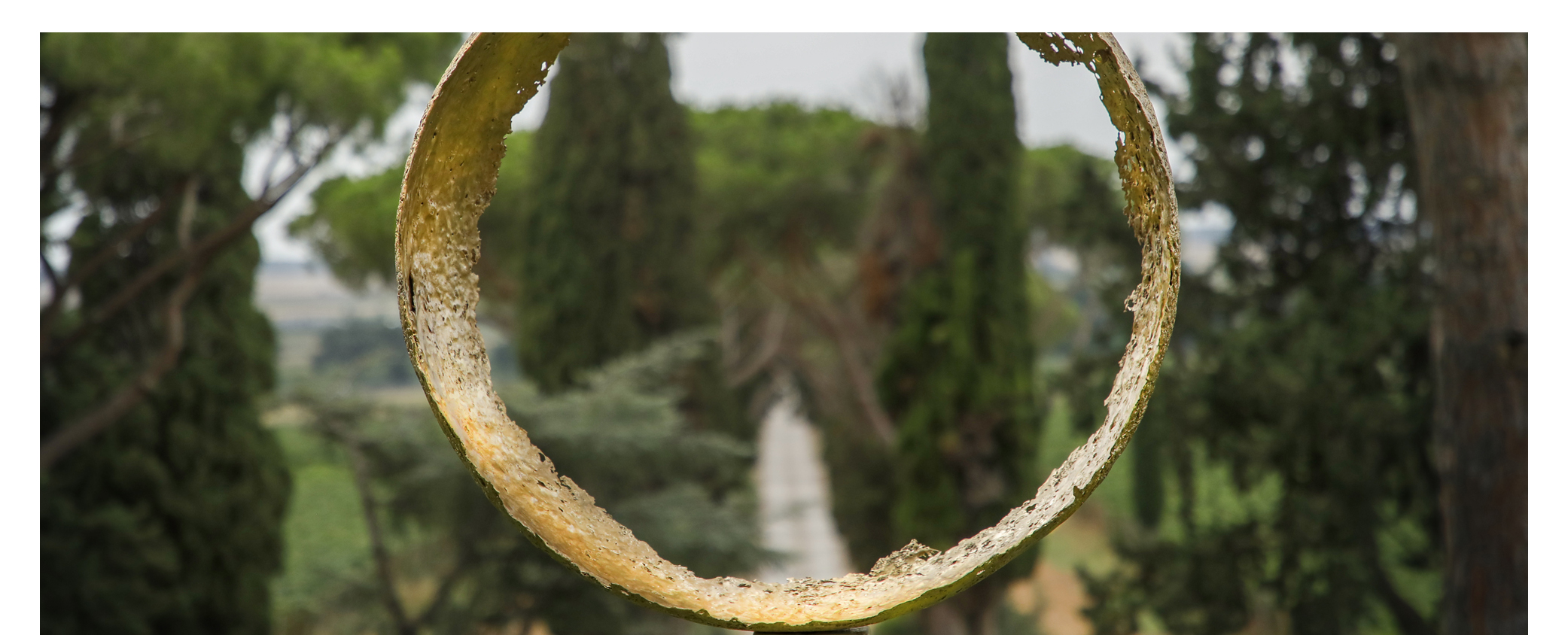
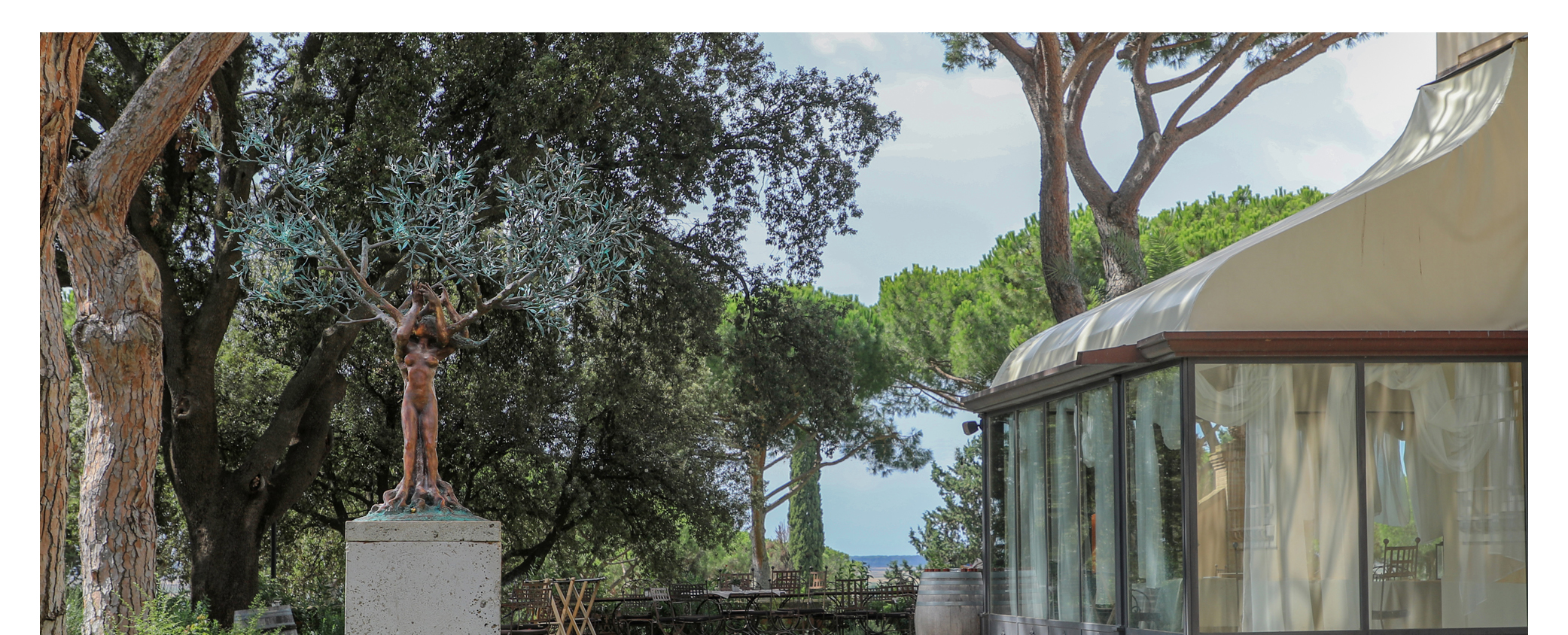
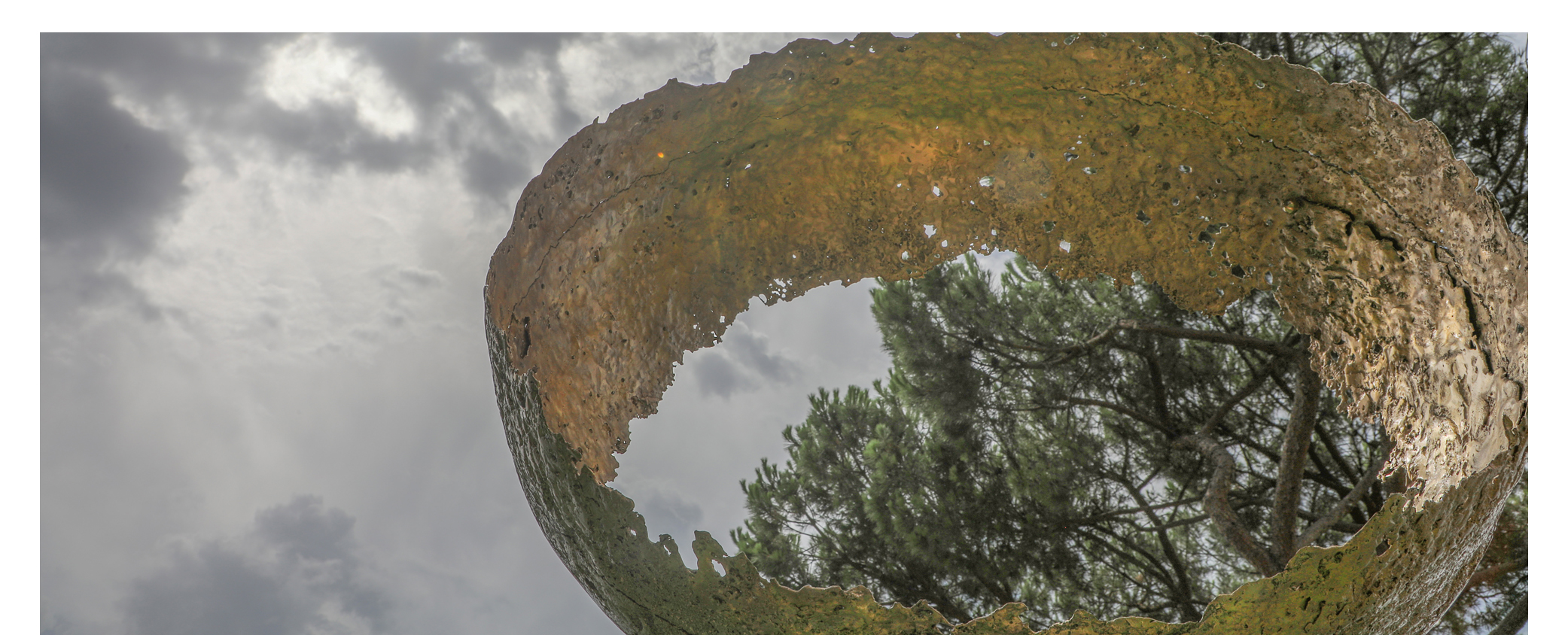

La Terra fornisce abbastanza risorse per soddisfare i bisogni di ogni uomo, ma non l’avidità di ogni uomo.
Gandhi
Considered a historical Tuscan home,
Tenuta La Badiola and
L’Andana resort, located within the former’s confines, are two luxury Tuscany Villas that perfectly embody the soul of the Maremma territory, and reflect the prestige of its past.
Nestled in a natural haven of incomparable beauty, this location was chosen by the
Grand Duke of Tuscany Leopold II of Lorrainev as the site of one of his villas - perfectly conserved with its recognisable Medici traits - which he used as his residence.
In 1800, the Grand Duke began the reclamation of
Maremma’s wetlands - abandoned to nature since the late Roman era - and transformed them into a natural paradise in which to set up working hamlets (farmyards) and residences, signaling the beginning of the agricultural development in Maremma.
The heart of Tenuta La Badiola, with the
Acquagiusta farmyard, was purchased in 2000 by the
Moretti family, owner of Terra Moretti’s Group. Vittorio Moretti, together with his daughter Carmen and her husband Martino de Rosa, renovated all of the buildings in the ancient hamlet, converting the main villa, the historical residence, into L’Andana resort.
In 2016 Carmen Moretti and Martino de Rosa began an exciting new project, which saw the participation of the young Michelin-star
Chef Enrico Bartolini, for a more Italian and even more Tuscan L’Andana.

